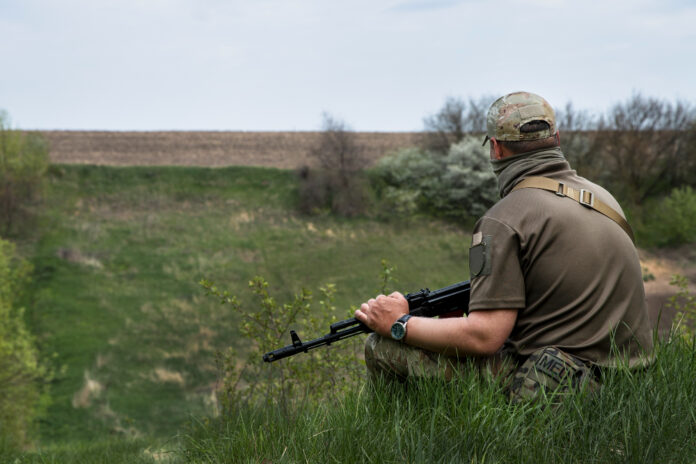New legislation mandates licensing for red grouse shooting amidst efforts to curb illegal bird of prey killings
Scotland is set to enforce significant changes to grouse shooting regulations with the introduction of the Wildlife Management & Muirburn (Scotland) Act 2024, which mandates licensing for the shooting of red grouse. Scheduled to coincide with the opening of the upcoming grouse-shooting season on the Inglorious 12th of August 2024, this legislation represents the Scottish Government’s response to ongoing concerns over illegal bird of prey killings on grouse moors.
The Act, which received royal assent on April 30th, 2024, has now established a formal commencement date, making grouse shooting licences legally enforceable. Under these new regulations, all estates participating in red grouse shooting must obtain a 16AA licence from NatureScot. This licence requires compliance with a newly developed Grouse Moor Code of Practice, aimed at ensuring sustainable and responsible wildlife management practices.
Embed from Getty ImagesCentral to the Act’s enforcement is the ability to withdraw a grouse shooting licence upon sufficient evidence of breaches, including illegal activities such as raptor persecution. This civil burden of proof approach means that estates found in violation could face sanctions, including temporary bans on grouse shooting.
Grouse moor owners are expected to promptly apply for their licences, with anticipation building around how effectively the regulations will be implemented and enforced. The enforcement of these licences marks a pivotal moment in Scotland’s wildlife management strategy, emphasizing conservation efforts alongside traditional sporting activities.
The statutory instrument detailing the commencement dates and requirements under the Act has been published, confirming that preparations are on track for the upcoming season. While the Muirburn licence, regulating controlled burning practices, is set for future consideration, the focus for now remains on implementing effective grouse shooting regulations.
The introduction of these measures reflects broader societal and environmental concerns regarding the sustainable management of Scotland’s natural landscapes and wildlife habitats. It also positions Scotland at the forefront of wildlife conservation efforts within the United Kingdom, setting a precedent for integrating conservation goals with traditional rural pursuits.
As the 2024 grouse-shooting season approaches, stakeholders across Scotland await further developments in how these new regulations will impact wildlife management practices and the conservation of bird species, particularly birds of prey.
Analysis:
Political Perspective: Politically, the implementation of grouse moor licensing reflects Scotland’s proactive stance in addressing wildlife conservation and environmental sustainability. The government’s response to public and scientific concerns over raptor persecution demonstrates a commitment to balancing traditional rural activities with modern conservation imperatives.
Social Perspective: Socially, the introduction of licensing for grouse shooting resonates with public sentiments regarding ethical wildlife management practices. The Act’s provisions aim to mitigate conflicts between conservationists and proponents of game shooting, fostering dialogue and accountability in managing Scotland’s natural resources.
Economic Perspective: Economically, the regulation of grouse shooting and associated practices may influence local economies dependent on game shooting tourism. The Act’s enforcement could impact employment and tourism sectors linked to rural sports, prompting adjustments in economic strategies and tourism marketing efforts.
